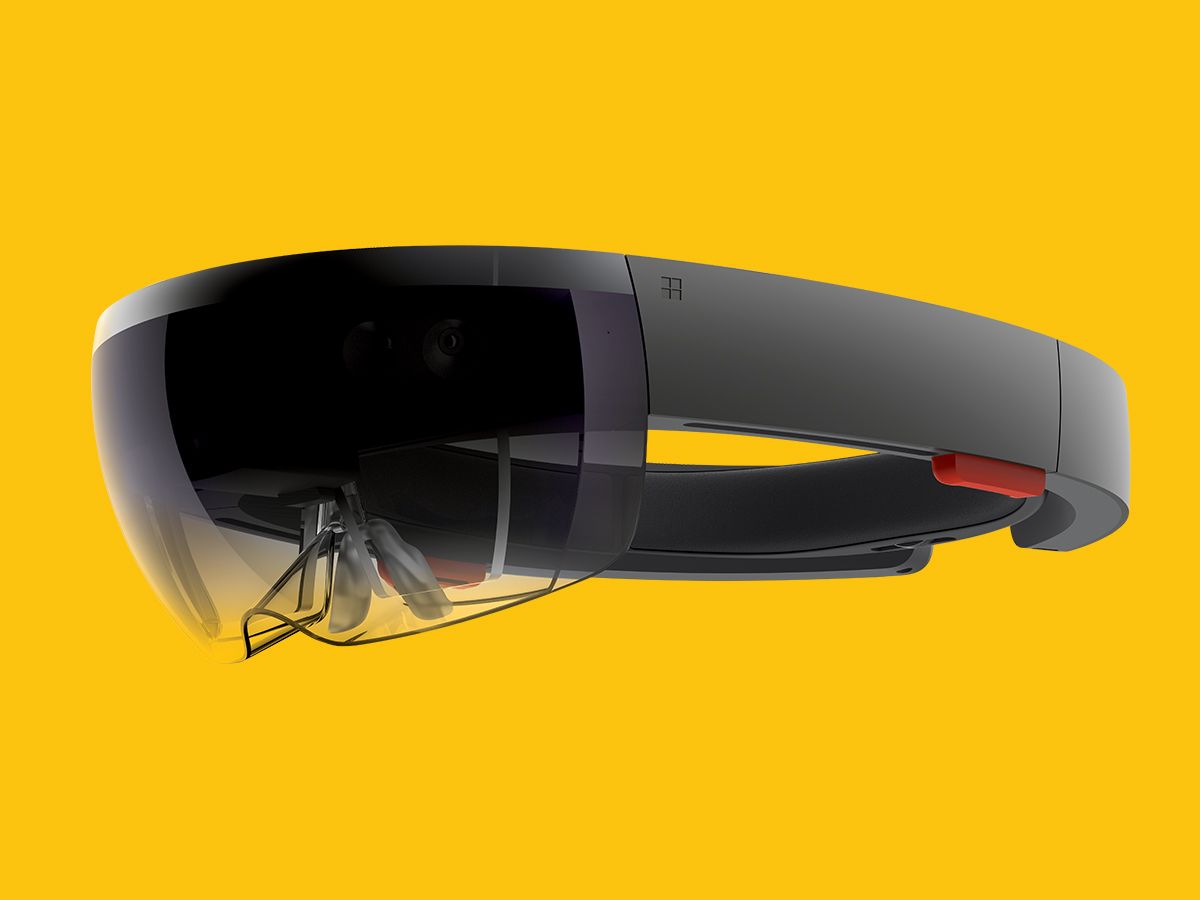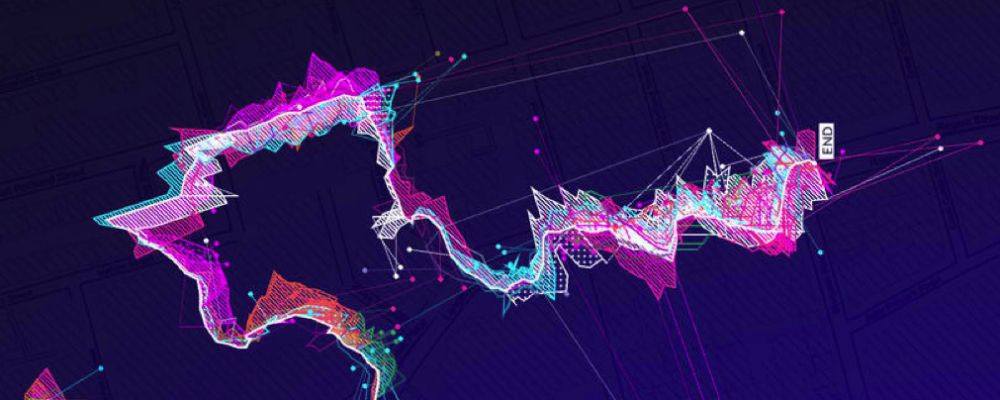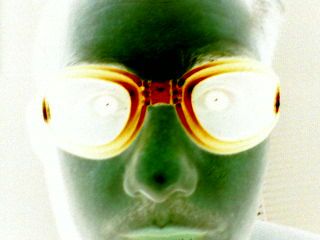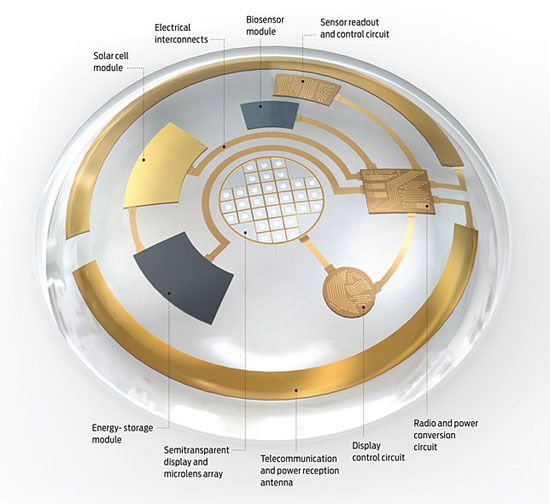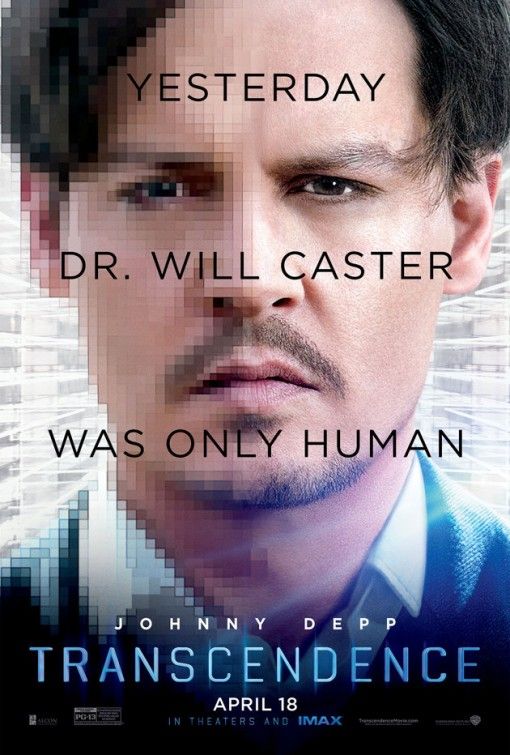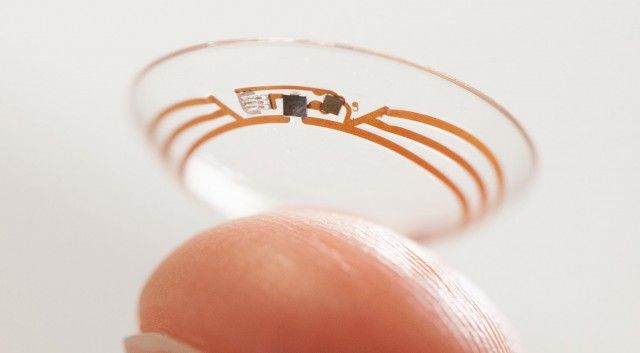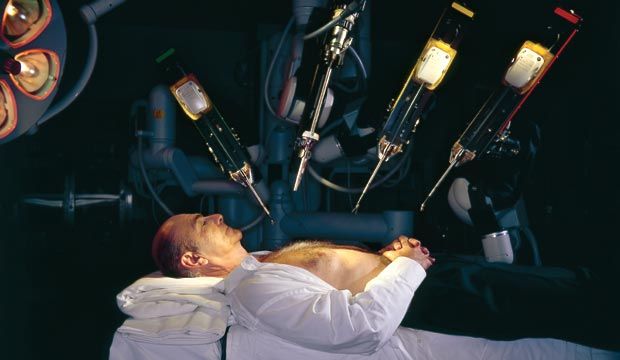Technology for pain-free healing:
“Your threshold for pain is near zero”, said my dentist, as she deftly moved the extremely thin fiber optic laser head away.
“That’s why I chose to fly in here. Gum filet carving doesn’t appeal to me”, I mumbled, my lips feeling leathery from the anesthetic spray.
There was a mild tingling as the laser killed millions of enemies under my gum-line. I lay back in the chair and considered the alternative I was presented only the day before by an over enthusiastic periodontist — A scalpel and suture gum flap procedure for “deep cleaning.”
‘This is 2013′, I had thought to myself. ‘There has to be a less primitive way… a less painful solution.’
12 hours later, with 25 browser windows open and an estimated further 40 websites bookmarked, I was sure I had enough information to consider writing a thesis on pain free dentistry — The answer, I concluded, was LANAP. I delved deep into the pros and cons of laser dentistry procedures, understanding OPG xrays, doing comparisons and reading on soft tissue lasers, diode lasers, wave-lengths and even the patent wars of companies spearheading the future of medical technology.
The Transhumanist Patient:
Doctors have it hard today and I genuinely sympathize with them- to a certain degree. After all, every person has access to the internet but not everyone knows how to distill this ‘open source knowledge’ effectively. So doctors stand to lose patients and patience, when catering to the whims of clients walking into their clinics.
Yet, we are in the midst of an information and knowledge explosion and if doctors rely only on a degree earned about a decade ago or even 3 years ago, while not immersing themselves in the accelerating changes in technology and discoveries in their field, they will encounter a patient who will challenge or at the very least — question such a doctor’s line of diagnosis and treatment.
I learned the following:
- Ask for a 3rd opinion — That second-opinion should be one’s own obligation, using the internet as an interactive medical encyclopedia to thoroughly understand the ailment.
- A medical practitioner who does not have access to the latest in medical technology and/or has not updated their skill-set in the usage of such, will lose out.
- Tele-medicine is the future.
http://www.youtube.com/watch?v=AUKVV_JyVUE
Services such as Medcarelive, that offer a flavor of tele-medicine is just the start. Competition will soon catch-up and there is no doubt, the smart phone will truly become ubiquitous with personal healthcare. Devices such as Google Glass are already providing healthcare professionals with real time updates of patients vital information.
A smart phone coupled to such wearable technology could transform such a visor — into a Wizer — the fictional device from the story Memories with Maya.
Apps for the Smart phone, running sophisticated software and processing algorithms can harness common sensors in the device such as a Microphone, to analyze or transmit a patient’s cough or voice. There’s even a possibility to do ultra-sound imaging with an add-on peripheral. High resolution cameras can transmit detailed imagery and videos for remote diagnostics — and possibly in real-time in some scenarios with tele-medicine.
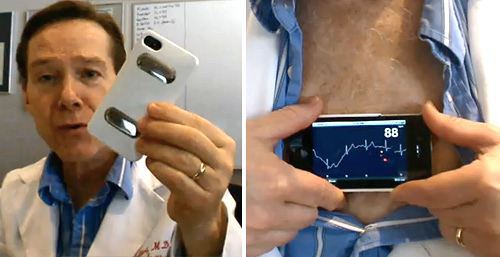
(Above: AliveCore Smart-phone device)
The Transhumanist Doctor:
A medical professional who has a genuine love for learning and keeping abreast with technology in his/her field of practice is by very definition — a Transhumanist. Such professionals may not even know of their transhumanist leanings, but by putting into practice what some Transhumanist fashionistas only preach about, a transhumanist doctor is doing actual ground work to better a patients condition, using science and technology. One such (highly respected) person is Dr. Eric Topol and the strides he’s made with his contribution to Wireless Medicine
To be true to the medical profession in this age, one needs to be highly trained and competent in the use of advanced medical technology — Simply attending a 101 or a couple of seminars and training sessions on use of robotic surgery equipment for instance, can lead to severe accidents and can stall the progress of the very technology that we seek to make mainstream.
There are downsides to be aware of if medical practitioners are not thorough in their training and in their own follow-up research in related fields. For example: Should a dentist or surgeon be studying more about lasers in-depth than the system and controls that are present on the console they are using? I would argue yes they should. Learning as much as possible about types of laser, pulse duration, power and even the very type of laser to use for different soft/hard tissue procedures is an important factor that should not be ignored. In robotic surgery systems, should surgeons understand the degree of motion scaling and tremor reduction systems? Just as a true camera professional might learn how much his/her camera lens ‘breathes’, so too should a surgeon be keen on in-depth learning about the technology and tools they are using.
In keeping with the ethics of such emerging technology, it is only appropriate to mention the many ‘accidents’ that have occurred with even the very advanced minimally invasive DaVinci Robotic Surgery system. The video in the link below is worth the approx 10 minutes viewing time. Full link to report :here:
The home of 2025 — Kitchen, living-room, bedroom and the MedPod room:
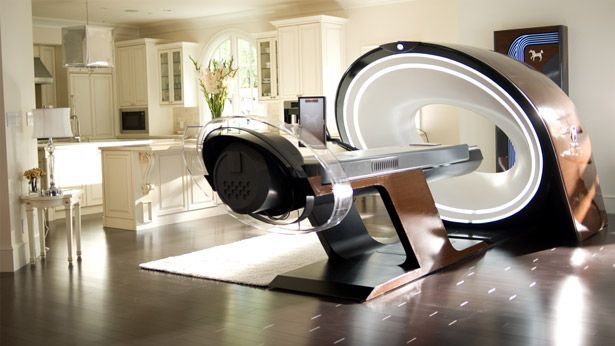
Medical technology has to become affordable, if our quest to better the human condition is to succeed. Pain free or minimally invasive medicine should not only be for the rich. While it is true that private corporations are investing in the manufacture of these systems and thus earn the right to profit from their deployment, access to advanced medicine should be the right of every person - else we run the risk of an Elysium like future.
With smart phones already being deployed in medical diagnostics, it won’t be long before personal health pods find a place in homes. Such systems might allow for remote tele-medicine or even remote human assisted surgery to become reality. After all, in the DaVinci Robotic Surgery system, it does not matter if the surgeon is sitting a few feet away at his master console or… across town.
Desktop 3D printed Pharmacies:
Desktop 3D Printing Pharmacies could print out capsules / pills on-demand, or drones could deliver a prescription from a local pharmacy right to one’s door-step.
The future looks good for pain free healing of the human body — and it is up to us to make such technology accessible and affordable.
